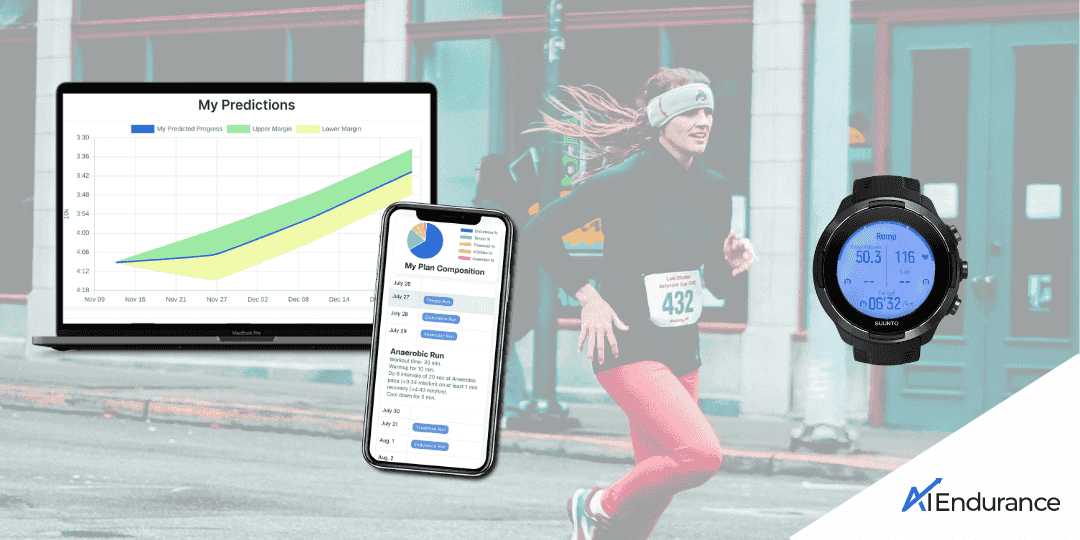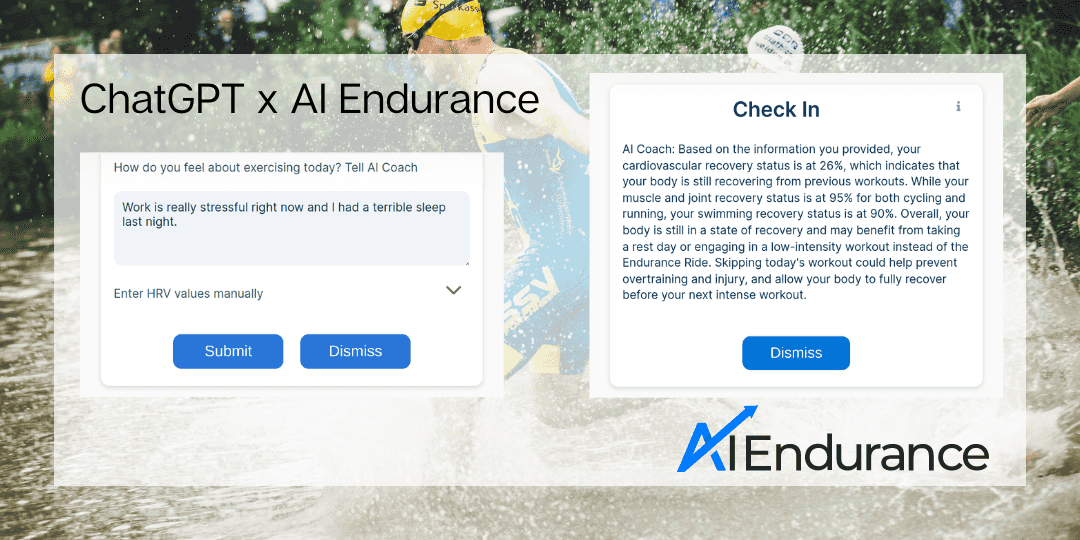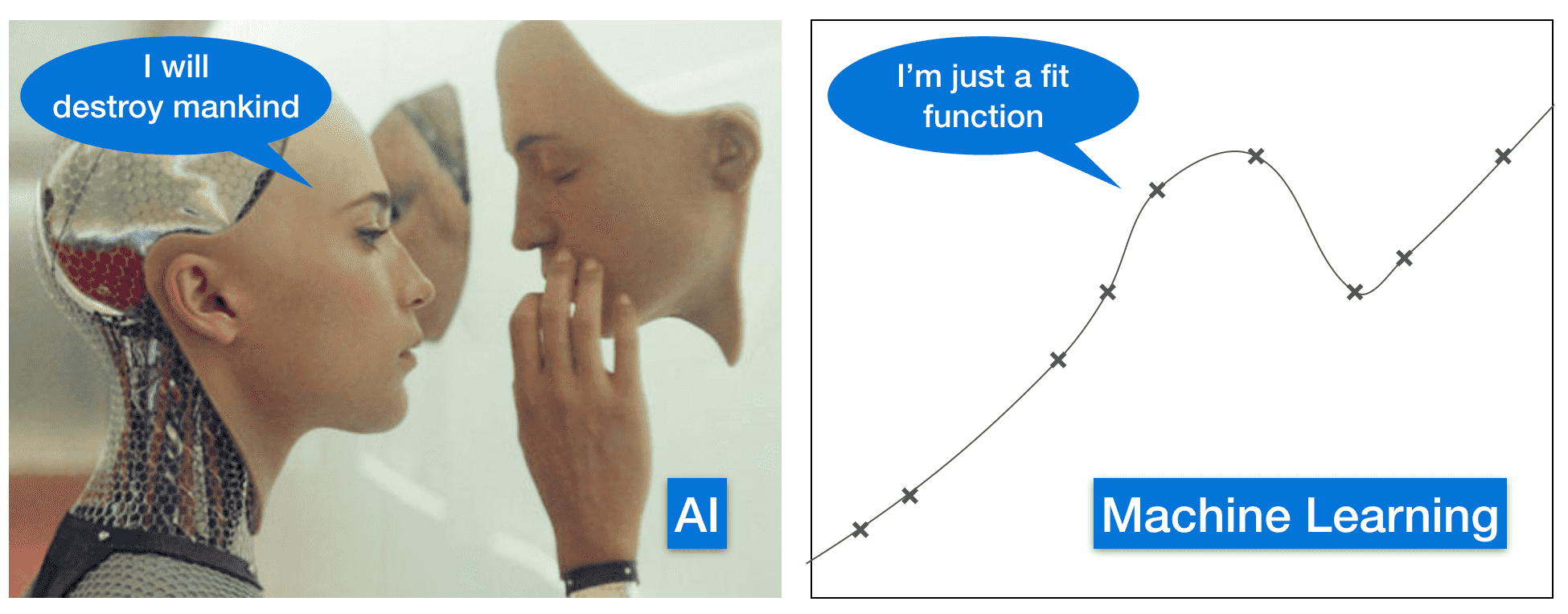
by Grant Paling. Our increasingly digital society is becoming more and more data driven. And with that, we make decisions. I hear a lot the phrase “if you torture the data long enough it will tell you whatever you want.” I get it but I also think that’s usually the phrase used by someone who doesn’t WANT to believe the data. Because good data is hard to argue with.
Using AI Endurance, I’ve been really using data a lot. Not during the activities themselves so much and on this point, one of my work colleagues I was talking to about training and he was talking about those who look at their watch every 30 seconds and how it must take the enjoyment out of running. He was curious if I had that approach.
I said it depends on the session.
In an interval session, you are perhaps doing time-based intervals and therefore to achieve what you want, you’ll need to check your watch (not necessarily every 30 seconds, depending on the set).
But then there’s the long endurance runs, the recovery cycles (where hopefully you’ve got some sociable cycling crew to roll out with). There’s an enjoyment about just going out and cycling or running and either catching up with friends or if you’re on your own, having some good thinking time. Or simply decompressing from a hard day.
In this case, personally I’m going more on feel and maybe occasionally checking my expensive gadgets but mainly just embracing the love of being out there.
I had an interesting experience recently. One of my best friends was doing a half marathon and asked if I wanted to do it with him. I do like to get an early season half marathon in, even if (as with this season) my running goals are more focused on 10 km pace as part of Olympic distance triathlon.
Normally though I would at least train for a couple of months and get a few longer runs in over 10 miles and at least one of the full 13.1 distance before race day.
This year it didn’t happen. I signed up quite impulsively and life just got in the way (which is fine, I’m glad it did as that included a wonderful family holiday that my heart is still full of warmth from).
So going into the race, I had only done 4 runs over 7 miles in the last 6 months! I was a bit nervous as to whether I would blow up during the race…
However - on the other side I’d had a very solid 3 weeks of triathlon training before a well-controlled taper week for this event. That also included a longer run which had felt pretty good.

AI Endurance plans include “Taper” workouts in the days leading up to a goal event.
But heading into this race, I was suddenly without the data I’ve become used to. My current AI Endurance plan is geared around the British Age Group Triathlon championships in May so I had no predictions about my pace – which I’m using quite a lot to decide my race strategy, as I have referred to in past blogs.
An interesting conundrum. On the one hand, I felt really good. On the other hand, a bit of an unknown - how hard do I go for a personal best? How quick should I set off and what’s the risk of me blowing up?
But I know my data well. I know that I’ve been running really well in the track sessions the last few months. I know what my current top end pace is for 5 km, for 10 km, so working back I decided on a target pace and then to just go off “feel”.
I write a lot about an AI-assisted approach, both in my work in cyber security for Orange Cyberdefense and in these blogs for AI Endurance.
Sometimes you just have to go on feel.
But that doesn’t mean that there wasn’t still data there to be a guide.
In the end, I set my target pace in the Reading Half Marathon and I stuck to it. And in the end, it worked. For 10 miles, I was cool, calm and collected. Running my race, feeling good and making sure I kept enough in the tank for a big finish.
Then the last 3.1 miles, the big finish was there. I flipped a switch and went into race mode. I realised that “I am feeling good, I can go a bit harder”.
And I took 6 minutes off my personal best.
Even when the specific data is missing, it is merely a gap in a bigger set of data. And ultimately, we aren’t robots so I’ll end with this statement…
Use the data. But enjoy the feel.

We show you in a few simple steps how to connect Suunto Guides with your AI Endurance account. You can get live workout instructions that are optimized to you by our AI. You can also easily determine your training zones and thresholds via a simple ramp test that utilizes your heart rate variability (HRV) data.

by Grant Paling. Our increasingly digital society is becoming more and more data driven. And with that, we make decisions. I hear a lot the phrase “if you torture the data long enough it will tell you whatever you want.” I get it but I also think that’s usually the phrase used by someone who doesn’t WANT to believe the data. Because good data is hard to argue with.

We explain how AI Endurance uses ChatGPT to help guide your triathlon, running and cycling training.

AI has great potential to help us as endurance athletes improve our training. In this post we will discuss how AI endurance training works.